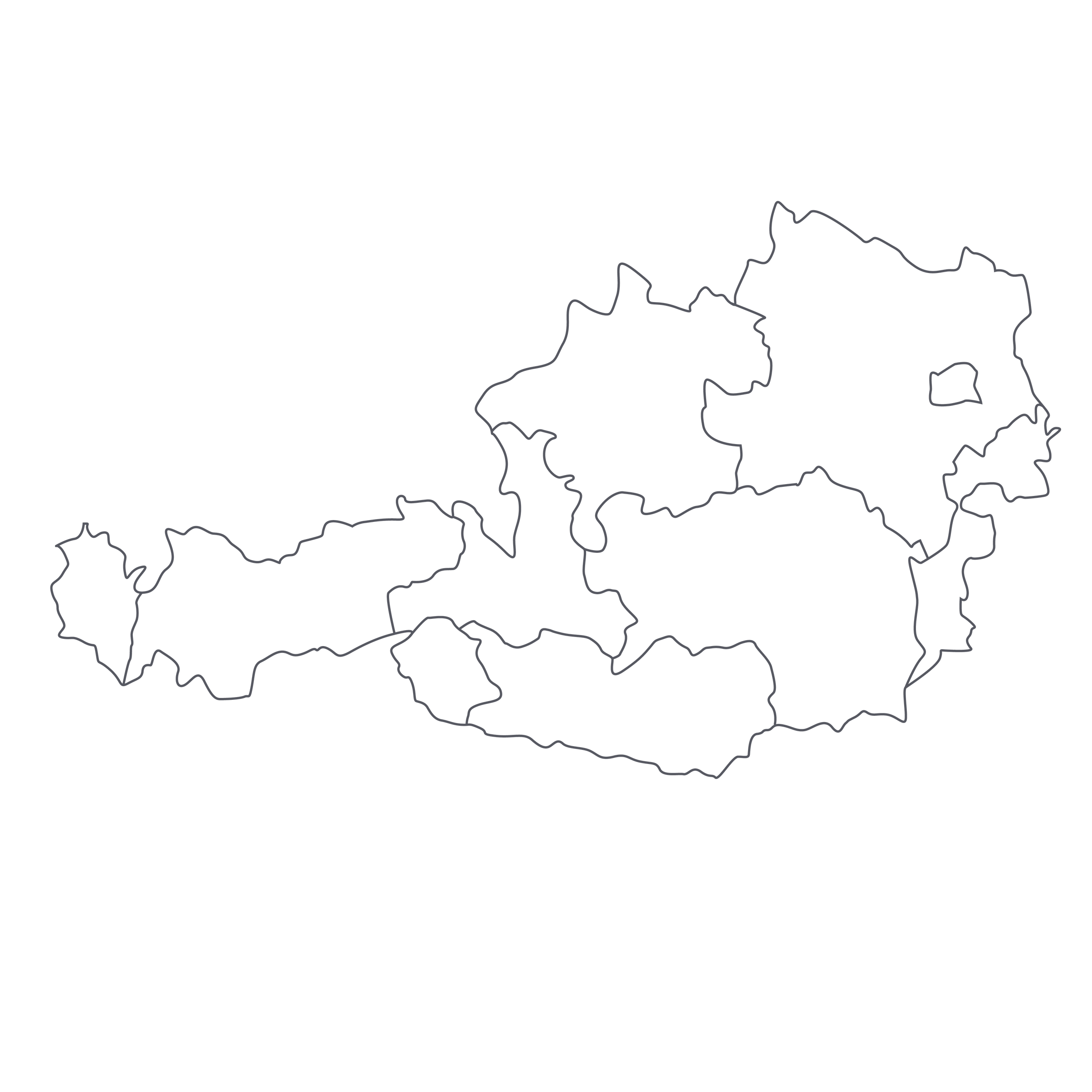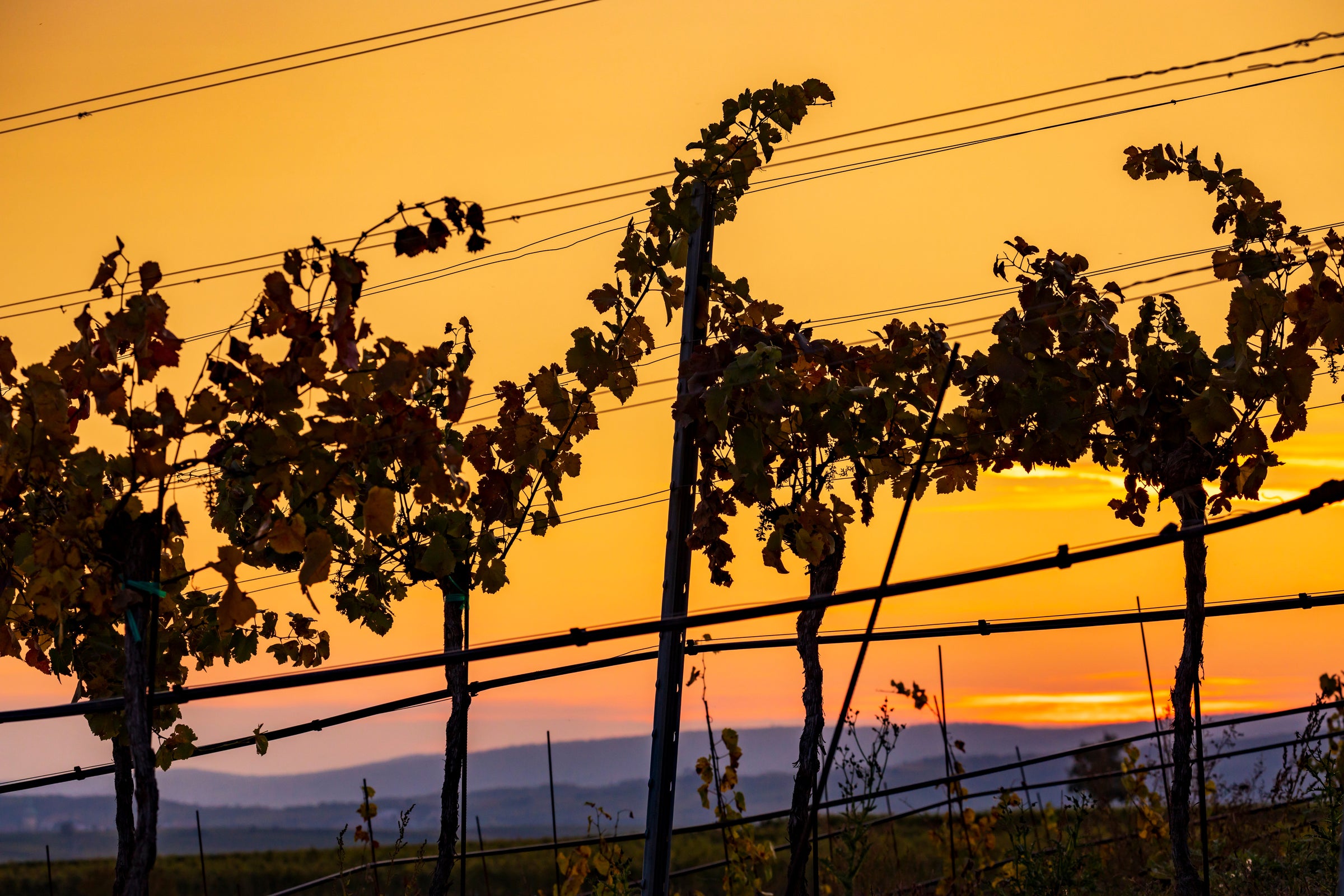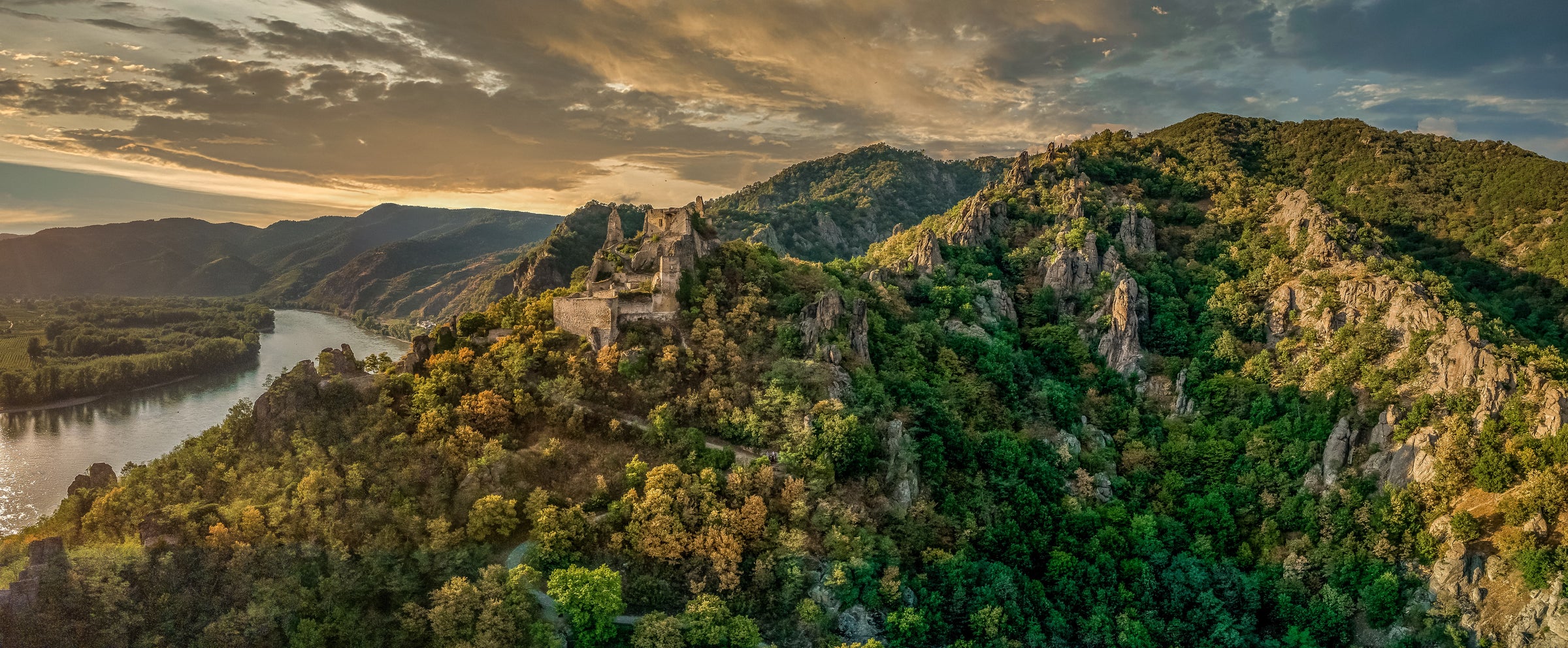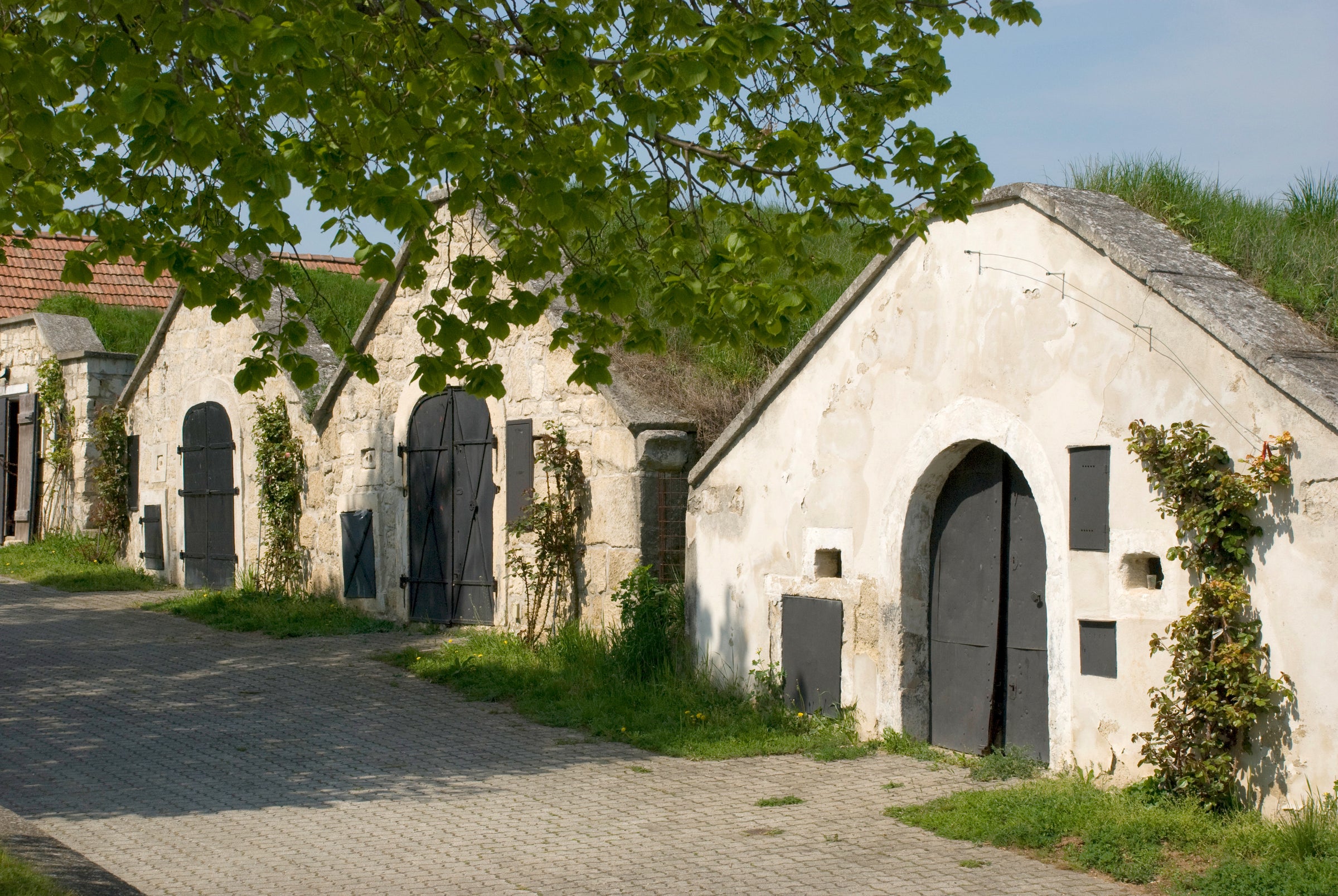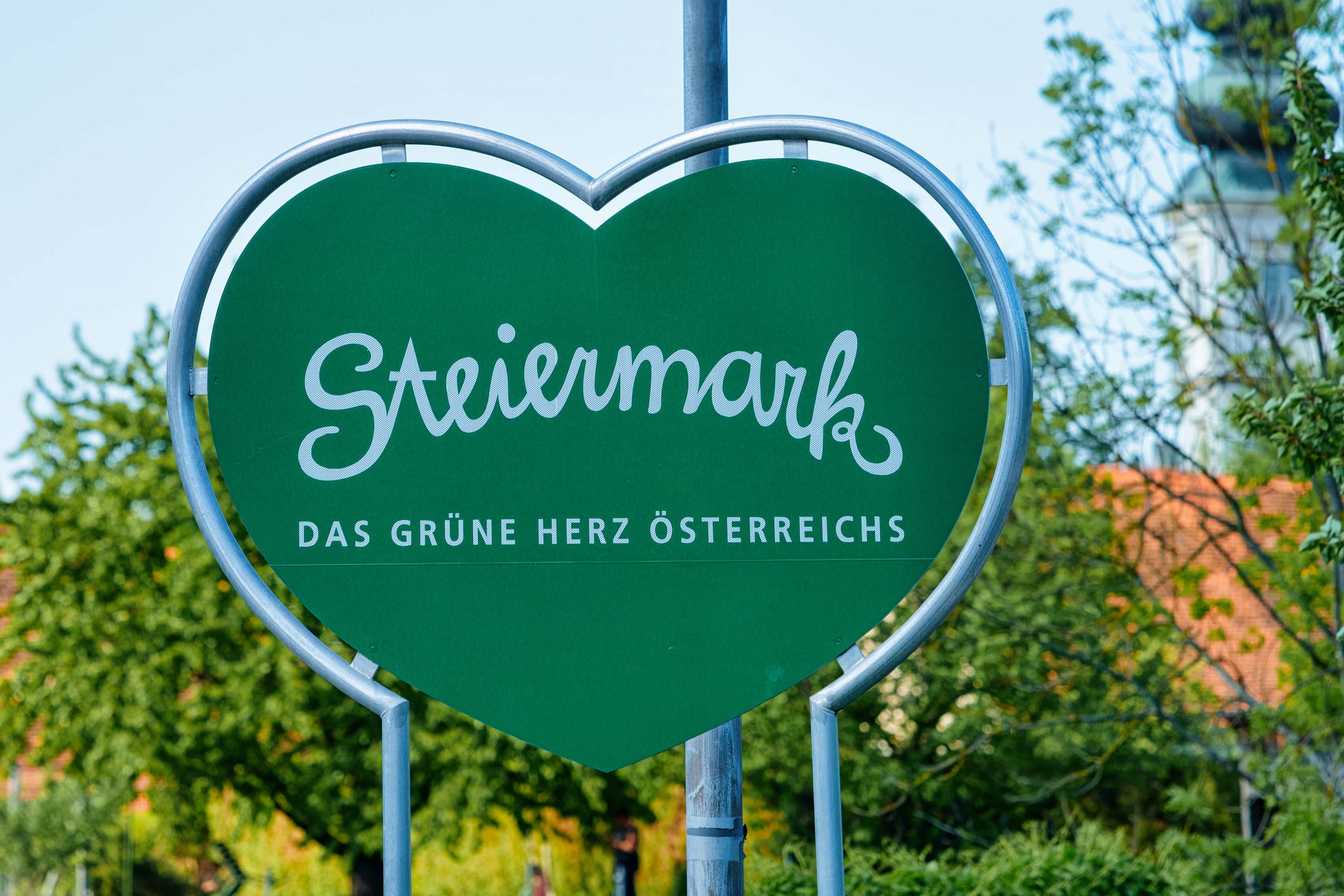One of the main objectives in studying to become a Master Sommelier is to become fluent in the classic wine styles of the world. By “classic,” of course, I mean wines from places that have often been charted and classified for centuries, and whose identifying traits become ingrained in your sensory memory through repeated tastings.
My appreciation for the wines of Rudi Pichler was deepened by this training, because they represent not just incredible quality and consistency but readily identifiable benchmarks for Austria’s Wachau region. Anyone would be happy to get a Rudi Pichler wine as part of a blind-tasting exam, because it is guaranteed to be as classic—as resolutely faithful to its place and grape—as one could possibly ask for. As I write this, we’re developing a roster of reference-point wines to keep on permanent offer here on the SommSelect site on a “classics” page—the kinds of wines we consider essential to understanding a given category of wine. That’s a pretty high standard to hold any wine to, but I do so without hesitation with Rudi Pichler’s Grüner Veltliner. Do you want to know what the benchmark for Wachau Grüner Veltiner is? Buy some of this. There’s no stronger recommendation I could give; this is essential drinking for any white wine lover!
And, as is so often the case in the Wachau, where vineyards climb steep slopes along the banks of the Danube River, the amount of authenticity-for-dollar you get from this wine is practically unparalleled. The Pichler family has been growing vines and making wine in the village of Wösendorf since the early 1700s, and the “modern”-era winery—today run by Rudolph “Rudi” Pichler III—was founded in 1904. Pichler’s operation is, as of 2004, housed in a sleek, architecturally contemporary facility, but the practices in the vineyards and cellar remain staunchly traditional.
The Pichler estate extends across 12.5 hectares of family-owned vineyards (of which 65% are devoted to Grüner Veltliner), supplemented with grapes from three hectares of leased vines. Farming is carried out according to the sustainability parameters outlined by the Wachau’s unique producers’ association, Vinea Wachau, which also created the now-well-known designations “Steinfeder,” “Federspiel,” and “Smaragd” to classify the region’s wines. This wine is Pichler’s flagship “Federspiel” bottling, which, by definition, is a slightly richer, riper wine that reaches between 11.5% and 12.5% alcohol by volume. Wösendorf is one of the key villages at the western end of the Wachau zone, an area that is marginally cooler thanks to its closer proximity to the Waldvertiel region and its mountain-borne breezes. This wine is a multi-vineyard blend, combining the two principal soil types of the Wachau—gneiss, a weathered metamorphic rock found at higher elevations, and loess, a wind-blown silt/sand found closer to the banks of the Danube.
The appeal of this wine lay in its extra gear: There’s plenty of light, zippy (and perfectly delicious) Grüner Veltliner out there, but this one is more substantial. In this case, it’s a layer of muscle, not fat, that sets it apart: In the glass it’s a—you guessed it—classic pale straw-gold with green reflections at the rim, with perfumed aromas of green and yellow apple, lime blossoms, peach pit, white pepper, lemongrass, and wet stones. Medium-plus bodied and focused on the palate, it finishes with a terrific, tactile minerality that makes your mouth water; the finish is incredibly long, savory and complex. It’s impossible to resist drinking this wine now, and often: Decant it about 30 minutes before serving in white wine stems at 45-50 degrees alongside a classic
wienerschnitzel just like you would have at a local restaurant. It will all make sense. It’s an all-time perfect combination, and a ‘bucket-list’ wine to boot. Enjoy!


